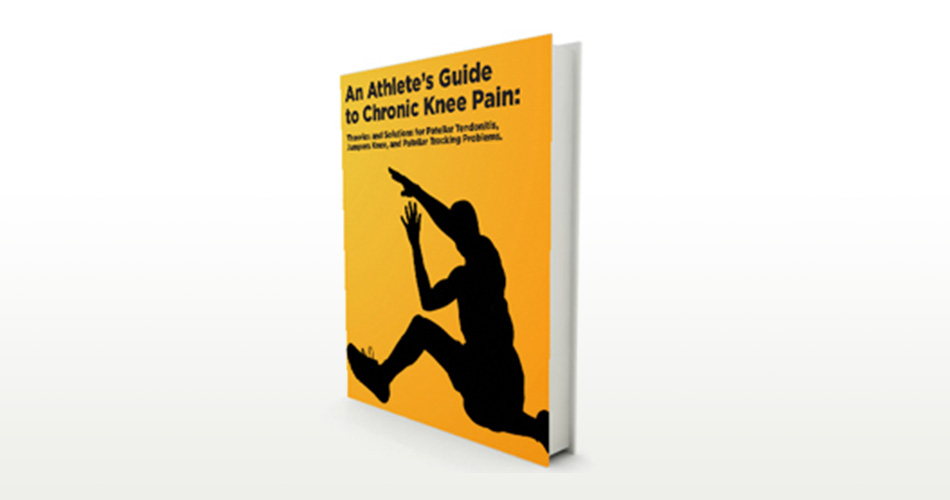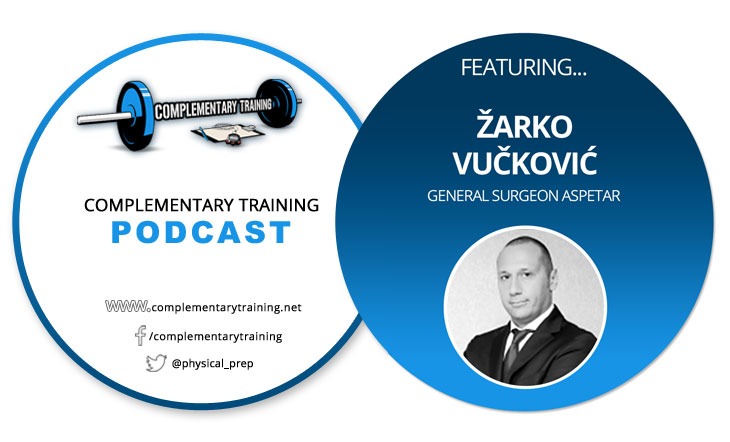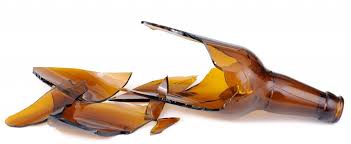An Athlete Guide to Chronic Knee Pain
I have contacted Anthony Mychal asking for an advice regarding my crepitus in my right knee, since I know he struggled with the similar knee issues and actually wrote a book on the chronic knee pain. Although I don’t have any pain (but I have crepitus) I was interested to hear his opinion since he is the guy who walks the walk.
When I told him that my problem might be related to hypermobility problems I have (I have a drawer syndrome in both of my knee and my ACL is more than good; I can put my left thumb to my forearm; I can put both palms to the ground; I can pull that thumb with traction and see the sulcus in the skin; my skin is VERY elastic … It seems I have fu**ed up collagen all around) he honestly said that his experience doesn’t extend to hypermobility and explained that he managed his crepitus by adjusting his body and its function to get rid of it (his crepitus was associated with pain), mostly by using his hips differently.

He offered to send me his book, which I wholeheartedly accepted. First time I saw his book was in Kelly Baggett’s article (I am also waiting for his Vertical Jump Bible 2.0) and if Kelly thinks it was good, then it has to be good.
Lately I have been reading opinions on stretching, foam rolling, trigger points and muscle imbalances (mostly through work and links by Bret Contreras – HERE and HERE – including Paul Ingraham and Greg Lehman) and my head was exploding with conflicting viewpoints. I know it is wise to question and evaluate everything we know, everything we use, our biases and claims, but sometimes lack of scientific evidence, or worse yet conflicting evidence can paralyze you. Yeah, paralysis by analysis. Thank you Bret for paralyzing me 🙂
Anyway, I wanted to check what have Antony been using for his knee problems. We can discuss all day if the foam rolling is stretching fascia, removing adhesions, treating trigger points or doing jack s*it. Whether stretching elongates the muscles and reduces stiffness over time, or only increase the stretch tolerance. Whether glute activation actually does anything. Whether corrective exercises and posture actually make a difference. Whether muscle imbalance cause pain, or pain causes imbalances. Whether the tissue abnormalities actually cause pain.
Anthony’s approach is based on multiple paradigms that are now available – trigger points, stretching the quads, hip flexors and hip rotators, glute activation, movement re-patterning, foot mechanics etc. You might be familiar with all of these already, but in Anthony’s book you can find all of those at one spot and easy to follow program that utilize all those principles.
Will this info help me? Honestly I don’t know (especially since I am dealing with hypermobility syndrome), but I plan implementing some of the drills and ideas and see how it goes.

Anyhow, while we wait for the resolution between conflicting theories of muscle pain and function, athletes and coaches cannot wait. This is why I highly recommend this book. It is worth your time. You might end up learning something along the way.











Responses